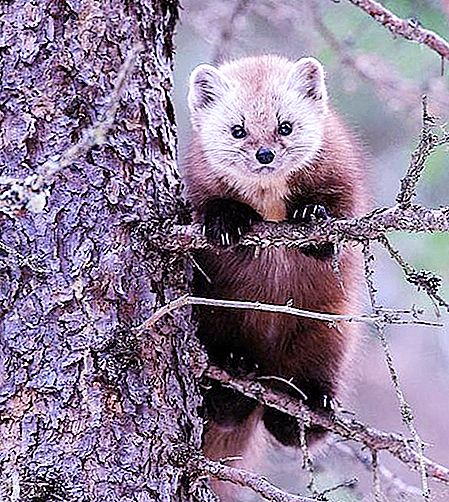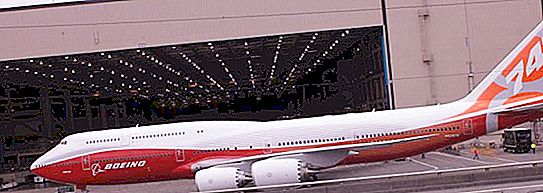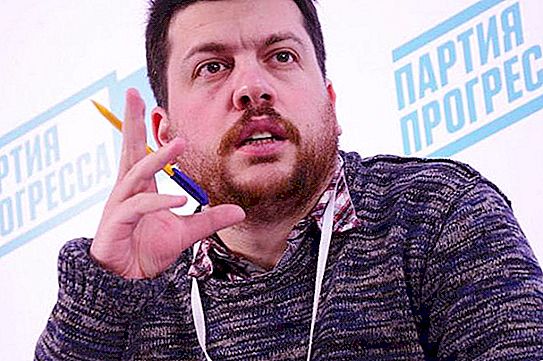The Novocherkassk Museum of the History of the Don Cossacks is already counting the second century of its activity. Carefully preserving the relics and replenishing the collection, employees strive to talk about the city and its people at exhibitions, lectures, in the halls of the museum, conducting educational work, generously sharing their knowledge with visitors.
History
The Novocherkassk Museum of the History of the Don Cossacks was opened in November 1899. For its organization, a building was constructed according to the project of architect A. Yashchenko. Funds for the museum were collected by the whole world, donations came from private individuals and public organizations, but the main contribution was made by the military treasury. Some items for museum funds were donated by collectors. In 1904, the created “Church and Historical Society” began active work on the collection and storage of valuable objects, later the exhibits were transferred to the museum.
During the Civil War, with the advance of the White Guards to Novorossiysk, most of the exhibits, archives, funds of the Novocherkassk Museum of the History of the Don Cossacks and the Don Archives were rushed to evacuation. The work was carried out in an emergency mode, even an inventory of the property was not compiled. The boarded up boxes with valuable cargo underwent many misadventures, underwent raids and robberies, as a result of which most of the funds were lost without a trace.
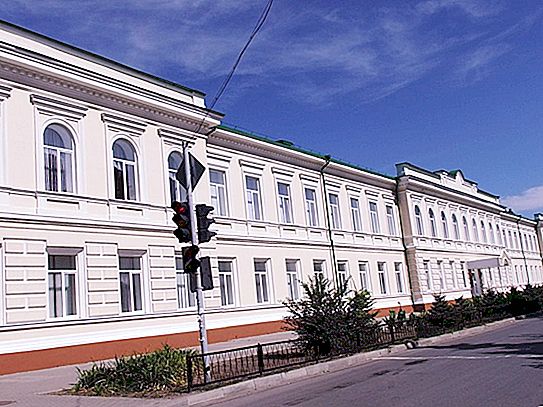
In 1941, the museum received the status of a regional cultural institution. During the war, the city of Novocherkassk was occupied, the museum was looted. The Germans brought out an impressive collection of rarities, including paintings by famous artists of Western Europe. Some of the values were returned in 1947.
In 1999, the 100th anniversary of the Novocherkassk Museum of the History of the Don Cossacks was widely celebrated. By the date the premises were renovated, the permanent exhibition was updated. Today, the museum complex consists of three main parts, the funds contain more than 200 thousand unique items dedicated to the history, traditions and deeds of the Cossacks.
Description
The modern center of culture and history includes memorial museums of artists Krylov and Grekov, as well as the Ataman Palace. The museum has an extensive collection of art paintings of the Wanderers, Western European painting. The pride of the exposition is the collection “Don Parsuna” - a series of Cossack portraits, as well as portraits of the reigning dynasty.
The Novocherkassk Museum of the History of the Don Cossacks carefully preserves the world's only collection of Cossack banners, regimental standards, bunchuk from the 18-19th centuries. The pearl of the collection is the memorial personal belongings of the chieftain Matvey Platov, who became famous during the Patriotic War of 1912 by feats of arms and became the founder of Novocherkassk.
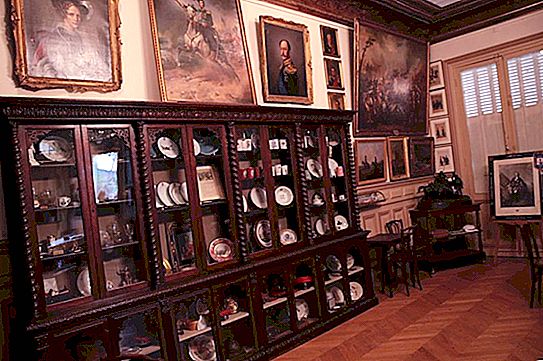
At the stands of the exhibition halls you can get acquainted with the unique collection of weapons, firearms and cold weapons, most of the collection consists of award rarities of officers of the Don Cossacks, including the generals. The fame of the museum is supported by the scientific library, the fund of which consists of 15 thousand books, the most valuable old-printed copies date back to the 16-18th century, there are 9 thousand of them in the collection.
Funds
The exposition and exhibition areas of the museum occupy more than 2 thousand square meters, almost 500 square meters have been allocated for storage facilities, the remaining areas are occupied by temporary exhibitions.
The most valuable collections of the Museum of the History of the Cossacks in the city of Novocherkassk (Rostov Region) are as follows:
- Rare instances of cold steel and firearms, including premium - 650 pieces.
- The banners of the Cossack troops - 300 unique standards.
- Artistic canvases (icon painting, paintings of the Wanderers, Western European painting) - 2000 units.
- Old printed books - 9000 books.
- Porcelain, sculpture of small forms - 1000 objects.
The Novocherkassk Museum of the History of the Don Cossacks conducts research, educational, publishing, and exhibition activities. Annually, more than 30 temporary exhibitions are opened, the exhibits of which are the rarities of their museum collections. There is an aesthetic education studio, lectures are given, and concerts are held in the music lounge.
Ataman Palace
The palace is one of the most beautiful buildings in the city and is recognized as an architectural monument. Its construction was due to the fact that in 1827 the crown prince was granted the title of Augustan ataman of the Cossack troops. To accept the symbol of power, a residence was built in front of the military circle, where in the future it was possible to live, hold official meetings and social receptions.
Construction and interior work were completed in 1862, from that moment the Ataman Palace became the center of the cultural, business and social life of the city. In the second half of the 19th century, a two-story house church was built at the palace. During the Civil War, the residence became the headquarters of the White Guards, where A. Kaledin, A. Bogaevsky and P. Krasnov worked at different times.
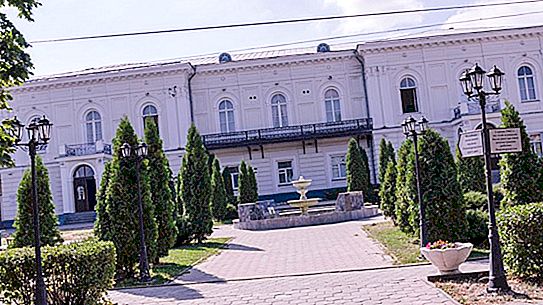
After the arrival of Soviet power in the city of Novocherkassk (Rostov Region), the local government was located in the building. In 2001, the historic building became part of the museum. The exposition was opened to visitors in 2005.
Batalist Museum
The memorial house-museum of M. B. Grekov was opened in 1957. Mitrofan Grekov - the founder of battle painting of the Soviet period. The artist lived in Novocherkassk from 1918 to 1931, and this was one of the most fruitful periods of the artist’s creative biography. During this time, he created 74 canvases, including “The Battle of Yegorlykskaya”, “Cavalry Attack”, “In the detachment to Budyonny” and many others.
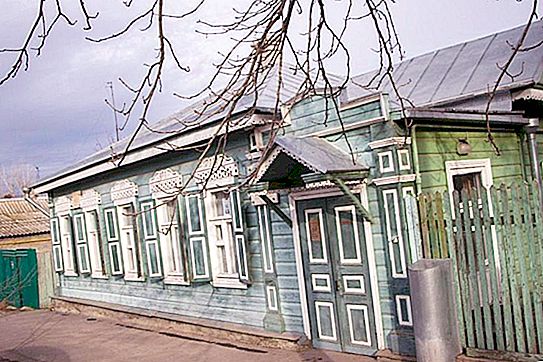
The house-museum is located on Grekova street, building 124. The artist lived in this house for 13 years, and now an exposition dedicated to the memory and work of the artist is spread in the rooms. The funds store more than 1200 items, including painting, sculpture, graphics, photo archives. The collection is replenished with the works of graduates of the Grekov art school in Rostov. Employees conduct educational, research work. In addition to excursions, visitors are invited to master classes conducted by professional artists.
Krylov Museum
The memorial house-museum appeared as a result of a joint initiative of the Museum of the Don Cossacks and the daughter of the artist L. I. Gurieva. The opening took place in 1979. Ivan Krylov painted over a thousand paintings, including sketches, sets, and paintings. His canvases were highly appreciated by professionals and amateurs, purchased in private collections, exhibited at foreign and domestic exhibitions.
A few years before his death, he presented 900 paintings to the city of Novocherkassk (Rostov Region). During the occupation, many paintings suffered at the hands of the invaders. The vast majority of paintings by the master are dedicated to the Don region, its open spaces and the beauty of nature. Currently, the museum complex includes a residential building where the artist lived, unfortunately, the workshop was not preserved. In the place where it was once located, an apartment building has now been built, on the ground floor of which is the memorial hall of I. Krylov.
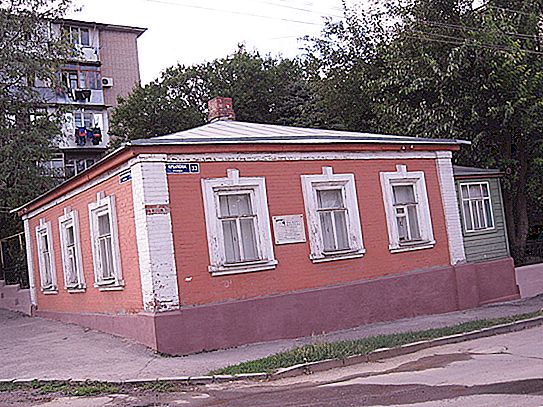
A large number of personal items of the master are stored in the exposition and collections. Materials of the stands tell the biography and creative path of the master. In the living rooms of the memorial museum, creative meetings, musical evenings, lectures are given, and educational work is being conducted. House Museum I.I. Krylova is located on Budennovskaya street, building 92.
Tours
The Novocherkassk Museum of the History of the Don Cossacks awaits the townspeople and guests of the city. And invites them to such excursions:
- Ataman Palace.
- The role of the Don Cossacks in the history of the Russian state.
- Don mounds and their secrets.
- Landscape painter N. Dubovskaya.
- Singer of the steppes I. Krylov.
- Artist M. Grekov.
In addition to excursions, visitors are offered interactive classes, games and quests:
- Game-quest "Palace Secrets".
- Interactive lesson “Treasures of the wild field”.
- The game "Family Maze".
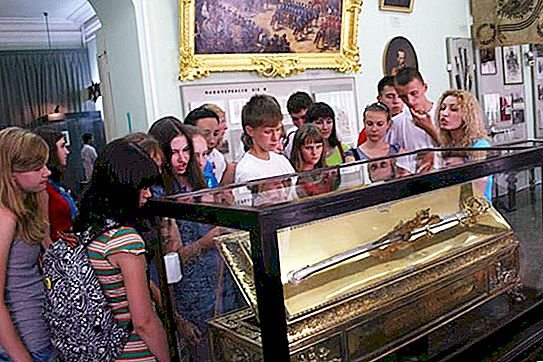
The cost of visiting the museum for adults is from 50 to 150 rubles, excursion services - from 200 to 600 rubles per person. For students, schoolchildren and senior citizens discounts apply.
Reviews
Visitors who visited the Museum of the History of the Don Cossacks in Novocherkassk noted that the permanent exhibition introduces not only the traditions of the Cossacks, but also the history of the region, its flora and fauna. Many liked the halls with weapons, banners, standards of the Cossack troops, some felt that the halls with paintings and antiques were more interesting. Most tourists say that the museum is a great place to learn more about Novocherkassk and the people who created and developed it.
Some visitors indicated that the exposition is somewhat fragmented, many exhibits are not enough, that is, a description is present, but the item itself is not on the stand. Also, in the reviews of tourists it is written that the museum has more local history functions, little can be learned about the history of the Cossacks.
The Ataman Palace causes more enthusiasm among tourists, it is recommended to visit almost everyone who has visited it. Visitors celebrate luxurious interiors, friendly staff and a rich exhibition. According to the excursionists, all the halls of the palace deserve attention, the exposition dedicated to the tragedy of 1962 enjoys the constant interest of the public.

